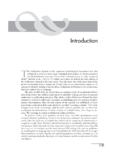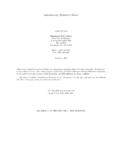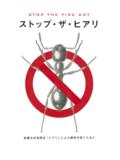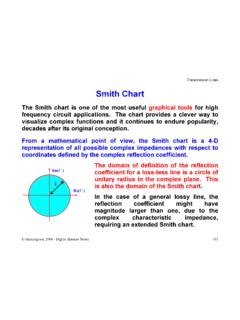Transcription of DMC INTRO - Dimethyl Carbonate
1 Special Materials CompanyApril Materials Company Review of DMC physical properties VOC exemption status by state Physical properties comparison: DMC VS MEK Regulatory comparison: DMC VS MEK Use recommendations of Materials Company Colorless Moderate to fast evaporation rate n-butyl acetate =1; DMC= ; acetone= ; Good solvency and compatibility Polar solvency Moderate H-bonding strength Low toxicity Mild odor, sweet and crisp Low skin irritation TWA 200 ppm, recommended exposure limit Freeze point: 2 4 C (36 38 F) Flammable Liquid, Flash point: 17 C (63 F) Density: Materials CompanySpecial Materials CompanyAlabamaArizonaArkansasCaliforniaE ach AMD must exemptColoradoFloridaGeorgiaIdaho IllinoisIndianaIowaKansasKentuckyLouisia naMaineMassachusetts MichiganMinnesotaMissouriMontanaNebraska Jan 2011 NevadaNew HampshireNew MexicoNew YorkNorth CarolinaNorth DakotaOhioOklahomaOregonDMC ExemptPC ProposedPennsylvaniaSouth CarolinaSouth DakotaTennesseeTexasUtahVermontWashingto nWest VirginiaWisconsinWyomingConnecticutDelaw areMarylandNew JerseyRhode IslandAlaskaDMC & PC VOC EXEMPT STATES Last updated: April 1, 2011 HawaiiRed: state level exemption in process; for PC check with local air board.
2 DMC approved Yellow: state level exemption approved, nearly complete, confirm with local air boardGreen: VOC exemption completeOrange: check with local ARP to confirm exemption, most have approvedSpecial Materials CompanyDMC compares favorablyPhysicalPropertyDMCMEKD ensity @ 25C(#/gal) Point (C)9080 Evaporation Point (F) Parameter (Cal/cm) Tension (dynes/cm) Pressure 20 C (mm Hg)4285 FreezePoint (C) DMC physical properties compare favorably to MEK Pros: improved flash point for fire safety Cons: freeze Materials CompanyRegulationDMCMEKSARA 313 ReportableNoNoHazardous Air Materials Company Co-Solvent: DMC is best used as a co-solvent for: acrylics, urethane and alkyd systems Partial to full replacement with DMC did not show negative coating performance for polyurethane varnish and matt finish paints Compatibility: DMC is miscible with almost all organic solvents Regulatory Compliance: DMC easily replaces: oxygenated solvents like esters and glycol ethers for improved regulatory compliance partial amounts of alcohols and








